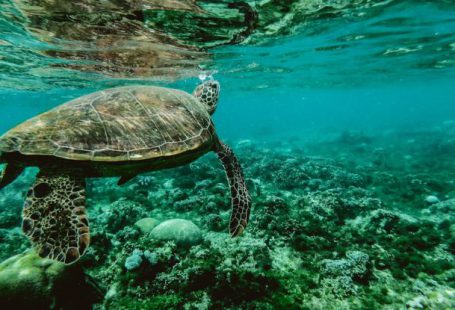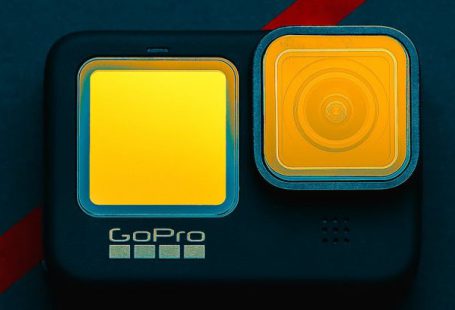The ocean depths hold some of the most magnificent creatures on Earth, and among them is the majestic manta ray. These graceful giants of the sea captivate divers and marine enthusiasts with their impressive size and elegant movements. From their fascinating characteristics to tips on how to encounter them safely, here is all you need to know about the captivating manta ray.
Manta Ray Characteristics
Manta rays, belonging to the genus Manta, are cartilaginous fish that belong to the Mobulidae family. These gentle giants are known for their enormous size, with some individuals reaching up to 23 feet (7 meters) in wingspan. Despite their intimidating appearance, manta rays are harmless to humans as they do not have stingers like their relatives, the stingrays. Their flattened bodies are predominantly black on top with white undersides, allowing them to blend in with their surroundings as they glide through the ocean with unparalleled grace.
Feeding Habits
Manta rays are filter feeders, primarily consuming plankton and small fish using their specialized feeding structures called cephalic lobes. These lobes located at the front of their heads help funnel food into their mouths as they swim. Manta rays are known to perform impressive barrel rolls to corral their food, a behavior that is both mesmerizing and efficient. Despite their massive size, these gentle giants sustain themselves on the tiniest of organisms, showcasing the delicate balance of marine ecosystems.
Habitat and Migration
Manta rays are found in tropical and subtropical waters around the world, preferring areas with rich plankton concentrations. They are often spotted near coral reefs, cleaning stations, and underwater seamounts where their food source thrives. Manta rays are known to undertake long-distance migrations, traveling vast distances to reach mating and feeding grounds. Some populations are known to aggregate in specific locations seasonally, providing a unique opportunity for divers to witness these majestic creatures in large numbers.
Encountering Manta Rays
Diving with manta rays is a dream come true for many underwater enthusiasts, but it requires caution and respect for these gentle giants. When encountering manta rays, it is crucial to maintain a safe distance and avoid any sudden movements that may startle them. Approaching manta rays from the side rather than head-on is recommended to reduce the risk of causing distress to the animals. Observing these creatures in their natural habitat is a privilege that comes with the responsibility of minimizing our impact on their behavior and environment.
Diving Tips for Manta Ray Encounters
If you are planning a dive to see manta rays, here are some essential tips to enhance your experience:
– Choose a reputable dive operator with experience in manta ray encounters. These operators will prioritize the safety of both divers and marine life.
– Practice good buoyancy control to minimize disturbances to the surrounding marine environment.
– Respect any guidelines provided by dive guides regarding behavior around manta rays.
– Avoid touching or chasing manta rays, as this can disrupt their natural behavior and cause stress.
– Capture memories through photography or videography, but ensure that your equipment does not interfere with the dive or harm the marine life.
Appreciating the Beauty of Manta Rays
The sight of a manta ray gracefully gliding through the ocean is a breathtaking experience that leaves a lasting impression on all who encounter them. These gentle giants serve as ambassadors of the sea, reminding us of the importance of conservation and respect for marine life. By following responsible diving practices and spreading awareness about these magnificent creatures, we can ensure that future generations will continue to marvel at the beauty of the majestic manta ray.





